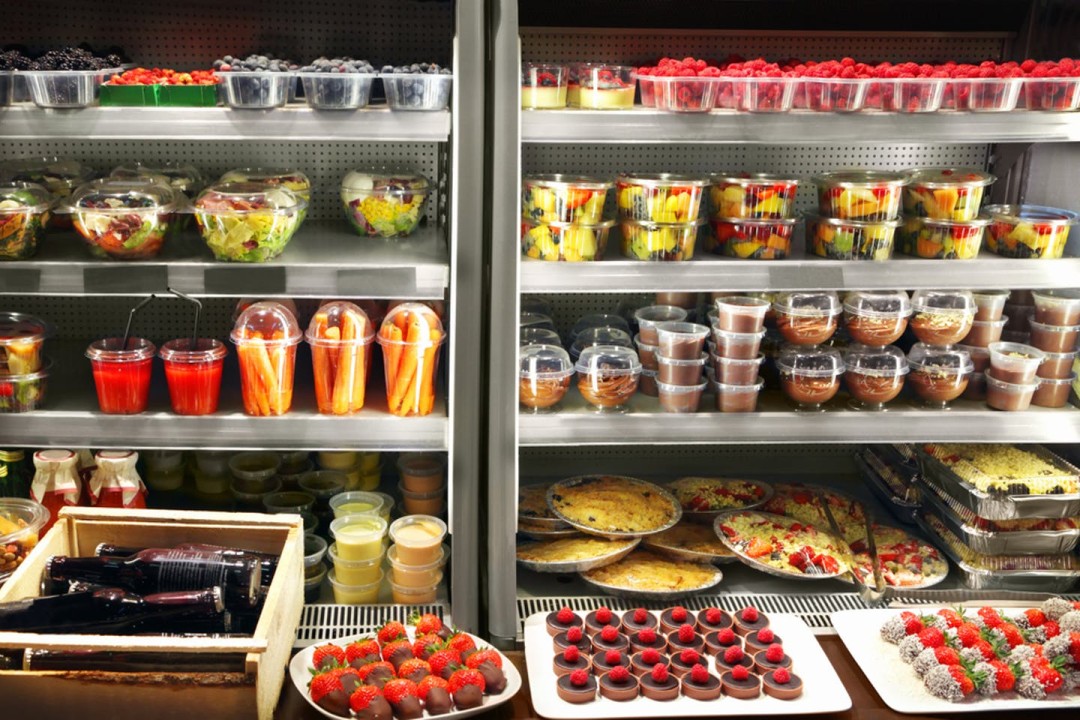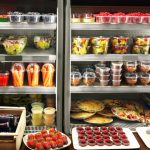
Food packaging is a vital component of the modern food industry. Beyond merely containing and protecting products, packaging plays a pivotal role in preserving freshness, ensuring safety, and attracting consumers. In recent years, there has been a remarkable transformation in the world of food packaging, with stand-up pouches emerging as a popular and innovative choice. In this article, we’ll explore the evolution of food packaging and delve into how stand-up pouches are revolutionizing the way we store, transport, and consume our favorite foods.
The Importance of Food Packaging
Before we delve into the world of stand-up pouches, it’s crucial to understand why food packaging matters.
- Preservation of Freshness: The primary role of food packaging is to protect its contents from environmental factors such as moisture, oxygen, and light. By creating a barrier, packaging helps extend the shelf life of products, ensuring that they remain fresh and safe for consumption.
- Safety and Hygiene: Packaging provides a protective shield against contaminants, ensuring that food items are safe for consumption. It prevents physical contact with external pollutants, minimizing the risk of contamination.
- Convenience: Packaging not only keeps food fresh but also makes it convenient for consumers. Portion control, easy access, and resealable options are just a few examples of how packaging enhances convenience.
- Marketing and Branding: Packaging serves as a powerful tool for marketing and branding. Eye-catching designs, informative labels, and packaging aesthetics influence consumers’ purchasing decisions and brand loyalty.
- Sustainability: In recent years, there has been a growing emphasis on sustainable packaging solutions. Eco-friendly materials, reduced packaging waste, and recyclability have become important considerations in the design of food packaging.
The Evolution of Food Packaging
The history of food packaging is a fascinating journey from simple containers to complex, technologically advanced solutions.
- Ancient Origins: Early civilizations used natural materials like leaves, gourds, and animal skins to package and preserve food. These materials provided basic protection against contamination and physical damage.
- The Age of Glass and Metal: With the development of glass and metal containers, the 19th and early 20th centuries saw a significant leap in food packaging technology. Canned goods and glass jars became popular for preserving a wide range of foods, from fruits and vegetables to meats and dairy products.
- The Plastic Revolution: The mid-20th century brought about the widespread use of plastics in food packaging. Plastic containers, bags, and wraps offered lightweight, durable, and cost-effective options. However, concerns about environmental sustainability and plastic waste have led to a reevaluation of plastic packaging in recent years.
- Flexible Packaging Emerges: Stand-up pouches are part of the flexible packaging category, which gained prominence in the late 20th century. This shift marked a departure from rigid containers and introduced innovative materials like laminates and films.
Stand-Up Pouches: A Game Changer in Food Packaging
Stand-up pouches, often referred to as SUPs, are a modern and versatile packaging solution that has gained widespread popularity in the food industry. These pouches are characterized by their ability to stand upright on store shelves, offering several advantages:
- Space-Efficient: Stand-up pouches are designed to maximize shelf space. Their compact design and ability to stand upright make them ideal for crowded retail environments.
- Versatile Design: SUPs come in various shapes and sizes, allowing for customization to fit different food products. They can be equipped with resealable zippers, spouts, and tear notches for easy access and portion control.
- Lightweight: Compared to traditional rigid packaging, stand-up pouches are lightweight. This reduces transportation costs and environmental impact, making them an eco-friendly choice.
- Extended Shelf Life: Stand-up pouches can be constructed with multiple layers of materials, including barrier films. This provides exceptional protection against oxygen, moisture, and UV light, helping to extend the shelf life of products.
- Sustainability: Many stand-up pouches are designed with sustainability in mind. Manufacturers are increasingly using recyclable materials, reducing packaging waste, and adopting eco-friendly printing methods.
Applications of Stand-Up Pouches in Food Packaging
The versatility of stand-up pouches has made them a favorite choice for a wide range of food products. Here are some of the most common applications:
- Snack Foods: Stand-up pouches are perfect for packaging snacks such as chips, nuts, and dried fruits. Their resealable features maintain freshness and crispness.
- Beverages: Liquid and powdered beverages, including juices, smoothies, and coffee, can be conveniently packaged in stand-up pouches with spouts for pouring.
- Pet Food: The pet food industry has embraced stand-up pouches due to their excellent barrier properties, convenience, and portion control features.
- Baby Food: Single-serving stand-up pouches for baby food have become a hit with parents looking for convenient and portable options.
- Bakery and Confectionery: Cookies, chocolates, and other baked goods benefit from stand-up pouches that preserve freshness and showcase products with transparent windows.
- Ready-to-Eat Meals: Stand-up pouches are used for packaging ready-to-eat meals, soups, and sauces. They can withstand high-temperature processing, making them suitable for microwave heating.
- Frozen Foods: Some stand-up pouches are designed to handle frozen foods, providing protection against freezer burn and maintaining product quality.
- Organic and Natural Foods: Stand-up pouches align with the ethos of many organic and natural food brands, offering eco-friendly packaging options.
The Future of Stand-Up Pouches in Food Packaging
As the food industry continues to evolve, stand-up pouches are poised to play an even more significant role in the future. Here are some trends and innovations we can expect:
- Smart Packaging: Incorporating technology into stand-up pouches for features like freshness indicators, QR codes for product information, and interactive packaging experiences.
- Sustainability: A continued focus on environmentally friendly materials and design practices to reduce the environmental impact of packaging.
- Customization: Enhanced personalization options, allowing brands to connect with consumers on a deeper level through unique packaging designs.
- Advanced Barrier Materials: The development of even more effective barrier materials to extend the shelf life of sensitive products.
- Waste Reduction: Innovations in recyclability and biodegradability to further reduce packaging waste.
Stand-up pouches have revolutionized food packaging by offering versatility, convenience, and sustainability. They are a testament to the constant innovation within the food industry, as manufacturers strive to meet consumer demands for better packaging solutions. As we move forward, it’s clear that stand-up pouches will continue to shape the way we package and consume our favorite foods, making them an integral part of the ever-evolving food landscape. So, the next time you reach for a stand-up pouch on the grocery store shelf, remember the journey of innovation that brought it to your hands, and appreciate the role it plays in preserving the flavors and freshness of your favorite food products.






